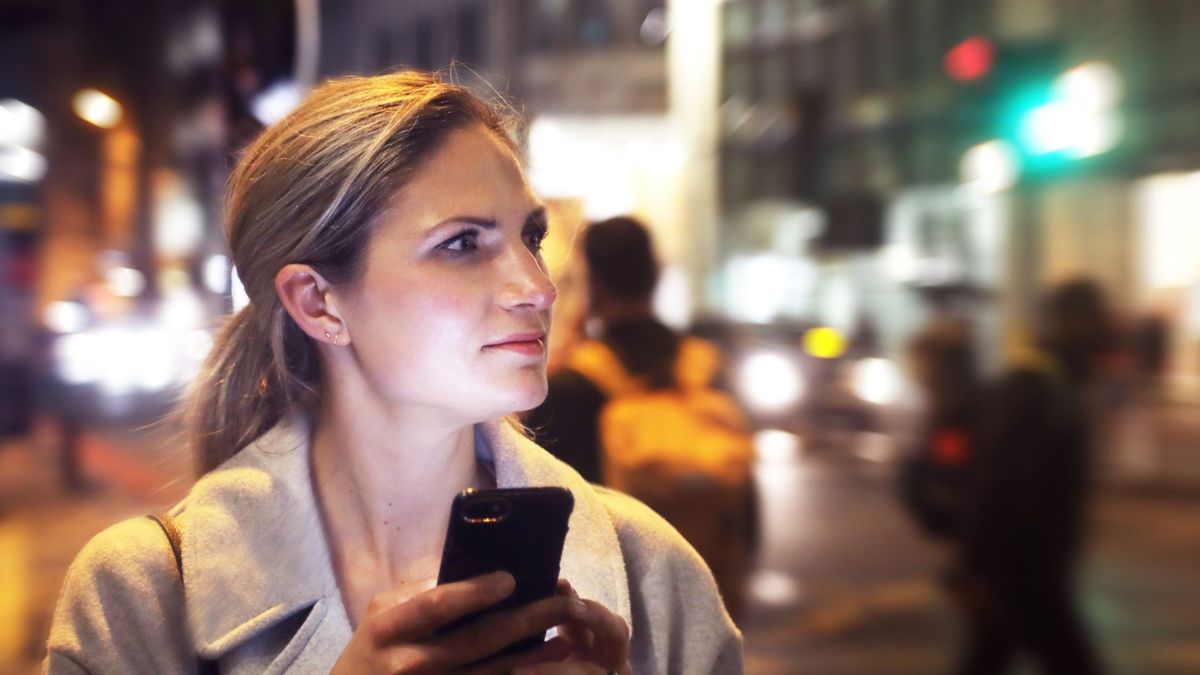
Déjà vu, a common yet mysteriously elusive phenomenon, refers to the sensation that a current experience feels strikingly familiar, despite the individual knowing it cannot have occurred previously. This sensation has intrigued researchers for decades, leading to various theories that attempt to explain its underlying mechanisms.
Memory-Based Theories
One prominent view is that déjà vu arises from memory misfiring. In these theories, déjà vu involves the brain confusing current experiences with past memories. This confusion occurs when a present situation closely resembles a forgotten past event, leading to a strong sense of familiarity without the ability to recall the specific details[5][6]. For instance, a new environment may trigger feelings of familiarity because it shares elements with a location the person has visited before, even if they do not consciously remember the earlier visit[6].
In line with this idea, familiarity-based recognition theories suggest that déjà vu is related to two forms of recognition memory: recollection (the ability to retrieve details of a previous experience) and familiarity (the sense that something is known without remembering specific details). Déjà vu is proposed as a type of familiarity-based recognition, where individuals feel they recognize the situation but cannot place it[2][5].
Additionally, Gestalt familiarity hypotheses build on this notion. These explanations emphasize that déjà vu can occur when the spatial or contextual features of an environment evoke recognition[5][6]. If the layout of a new scene mirrors that of a past experience, even without clear recollection, the feeling of déjà vu can arise[6].
Neurological Theories

Neurological explanations for déjà vu focus on brain function and structure. The temporal lobe plays a significant role; it is heavily involved in memory processing and retrieval. Some theories propose that déjà vu results from a brief disruption or malfunction in this area. This disruption can lead to a 'short circuit' in how the brain processes incoming information, creating a feeling that the current moment has been experienced before[3][8].
Particularly, the medial temporal lobe, including structures like the hippocampus, has been implicated in déjà vu sensations due to its role in memory formation and retrieval[6][9]. Research using functional Magnetic Resonance Imaging (fMRI) has indicated that when people experience déjà vu, specific regions of the brain involved in conflict resolution rather than memory retrieval may become active[8]. This suggests that déjà vu may not be directly linked to recalling memories but rather to the brain's attempt to reconcile mismatched experiences in real time.
Moreover, dopamine has been noted as a neurotransmitter that might amplify thoughts of familiarity during déjà vu experiences. Elevated levels of dopamine can associate present experiences with past memories, generating strong feelings of familiarity[7].
Attention and Perception Theories

Another school of thought centers on attentional processes. Some suggest that déjà vu might result from a split perception where an initial sensory input is only partially processed before being fully recognized in a subsequent moment. This can lead to the misleading sensation that an encounter has happened before; the first perception essentially 'leaks' into the subsequent one, causing confusion[6][7].
The perceptual occlusion theory explains that a brief distraction or moment of reduced attention can cause a split perception, leading to a situation feeling both familiar and novel[4][8]. For example, if someone is momentarily distracted while observing a unique scene, they might later find that same scene entirely familiar when they are fully attentive to it, resulting in that characteristic déjà vu sensation.
Pathology and Déjà Vu
Though déjà vu is commonly experienced and not usually considered a sign of a neurological disorder, it has been linked to certain conditions, particularly temporal lobe epilepsy. Individuals with this condition often report vivid and frequent déjà vu experiences as part of their epileptic auras or preceding seizures, indicating a possible pathological underpinning for some forms of déjà vu[9]. However, the majority of people who experience déjà vu are healthy and show no neurological abnormalities.
Conclusion
Déjà vu remains a captivating psychological experience, with multiple theories attempting to explain its underlying mechanisms. From memory misfires leading to feelings of false familiarity to neurological glitches in brain processing and perceptual distractions, the theories are diverse but point toward a complex interplay of cognitive and neurological functions. Ongoing research continues to unravel this intricate phenomenon, exploring how various elements of memory and perception converge to create the uncanny sensation of having “already seen” a moment unfold.
Get more accurate answers with Super Pandi, upload files, personalized discovery feed, save searches and contribute to the PandiPedia.
Let's look at alternatives:
- Modify the query.
- Start a new thread.
- Remove sources (if manually added).